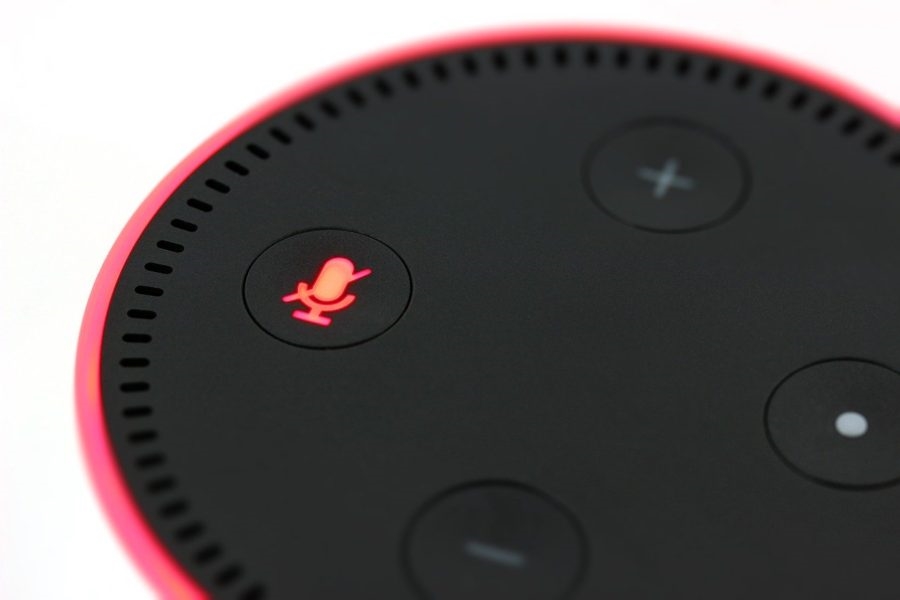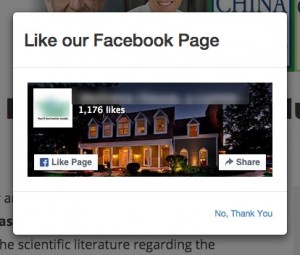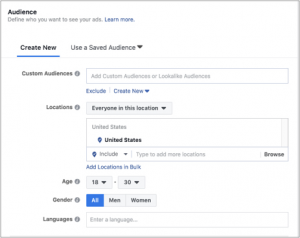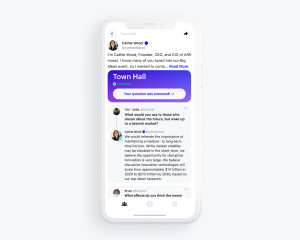Every few years, someone stands up and says that email marketing is dying. Others argue that with the rise of social media, it has already been dead for a long time. However, the data doesn’t support this at all. In fact, it’s hard to know exactly what they mean.
For one thing, more than half of the world’s population use email, and that figure is still growing. Already, there are about 400 million more email users around the world than all social media platform combined.
So when someone says that email is dead, it’s more likely that they’re just not seeing the results that they’d like. Understandably so, since email marketing has changed greatly in the decades since it first emerged.
And it continues to change too. For that reason, it’s important to keep up with the times. With that in mind, here’s how you can expect your email marketing strategy to change in 2020 and beyond.
That way you won’t fall for that ‘email is dead’ nonsense.
Accessibility and Email Marketing for Smart Speakers
The way we interact with the internet is changing, and will continue to do so in the 2020s. In just a few short years, we’ve seen an explosion in the popularity of smart speakers, like Alexa and Amazon Echo.
These are more than simply a novel way to play music or check the weather. They also open up new doors for users accessing their email. On the one hand, we have and increasing number of busy professionals listening to their email to save time.
On top of this, populations are getting older in most wealthy countries. This goes hand-in-hand with an increase in the number of people suffering from sight impairments. For these people, smart speakers can be a lifeline to maintain connectivity.

- HeikoAL / Pixabay
As marketers, we must accommodate these users by optimising emails for audio playback. Luckily, this is a fairly simple process.
The easiest way to optimise your email marketing for smart speakers is all about the language that you use. Hearing words out loud is very different to reading text. For this reason, it’s vital that you use clear and concise copy, as well as avoiding difficult words or jargon.
Smart speakers also require email marketers to give more thought to the alt-text on their images. In traditional email marketing, this can be an afterthought, and often filler text is used. In 2020 and beyond, it will be crucial that alt-text actually provides value to email recipients.
AI and Data Driven Email Marketing
In the coming decade, more and more of our lives will be influenced by artificial intelligence and big data. Email marketing is no exception. In fact, we’re already beginning to see this having an effect.
For example, one of the biggest factors in the success of an email campaign is using the right subject lines. If you don’t nail this, the rest of your campaign is basically useless. This obviously wastes both time and money.
To that end, many marketing tools already utilise AI to determine the best performing subject lines for their emails. As helpful as this is, it’s just the tip of the iceberg. In the years and decades to come, we’ll see AI play a bigger role in all aspects of email marketing.

- geralt / Pixabay
Today, AI may be mostly limited to creating subject lines. In the coming years and decades, it will be also be able to create the content of emails to ensure performance. This will include messaging, copy and images.
Similarly, new data technologies will help to deliver more personalised emails to individual users. This could be fine targeting based on where a specific customer is in their buying journey, or it may be tailoring messages based on specific users’ past behaviour.
User-Generated Content
Increasingly, perceptions of brands are influenced by authenticity. This is especially true among younger generations, like millennials. Because of this, consumers are more skeptical of sales pitches and marketing spiel than they once were.
And this trend is likely to continue.
In and of itself, this isn’t a problem. Rather, it’s an opportunity to rethink how you market your brand, including via email. One of the easiest ways to project authenticity is using user-generated content, or UGC..
Put simply, UGC is anything which is made by fans or followers, rather than someone from within your company. That way, brands get free authentic content, and fans can engage with their favourite brands, or even receive rewards and recognition.
For example, you might implement UGC by running a photo contest.
In the context of email marketing, some of the most common forms of UGC are customer reviews and endorsements. Consumers may be becoming less trustful of brands, but they still trust the opinions of their peers.
Additionally, email marketing is a great way to generate UGC, as well as being a good way to promote it. Something as simple as an invitation for a customer satisfaction survey can be placed at the bottom of any other marketing email.
This strategy is nicely complemented by incentivising your customers to create content on your behalf, including by offering prizes or discounts for each completed survey or product review.
Interactive Email Marketing
In many industries, the majority of emails are opened on mobile devices. Very soon, this will be the norm in all industries. We’ve already seen some motion towards mobile-first design, since failure to optimise for mobile will result in unsuccessful email campaigns.
While optimising your email campaigns for mobile users creates certain challenges, it also offers new possibilities.
The crux of this is that modern mobile devices offer much more potential for interactivity than desktops. In turn, this opens the door to a whole host of ways to make your email marketing more engaging and effective.
Luckily, there are a number of very simple ways to add a sheen of interactivity to your emails. For instance, you can create roll-over effects in HTML without the need for any additional email marketing tools.
However, since the goal is to create more engaging emails, you may want to opt for something a little more sophisticated. You might use animated calls to action to entice more customers to purchase your products.
Or better yet, you can create fully interactive product carrousels within your emails for customers to swipe through and browse recommended products.
Any of these added interactive elements will lead to more time spent by customers on your emails, as well as better engagements.
Changing Data Protection and Spam Rules
The GDPR’s entry into force in 2018 was a landmark moment. The reason that it was such a big deal is that it affects companies all over the world, well beyond just the European Union. This is because the GDPR gives data protection agencies something called extraterritorial jurisdiction.
However, the GDPR is unlikely to be the end of the conversation on data protection.
In fact, since GDPR day, a number of countries have rethought their data protection regimes. For example, Canada, Australia and New Zealand have all adopted new or modified legislation along the lines of the GDPR.
As such, this decade is likely to be dominated by conversations about what data we can use and how. Of course, this is very important to email marketers.
2020 will see the entry into force of the California Consumer Protection Act, which is sometimes called America’s GDPR. Even more importantly, 2020 may be the year that a new Californian anti-spam law comes into effect, with stronger penalties for all American businesses.
The point of all of this is that different approaches to data protection and spam will evolve throughout the 2020s and beyond, with large implications for all marketers. Rather than being satisfied with GDPR compliance, it will be vital to keep a grip on all global developments.
Digital & Social Articles on Business 2 Community
(48)








